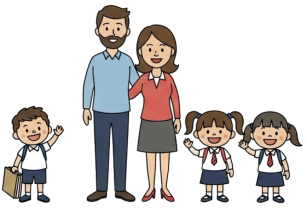
Question More, Action Knowledge.
Remember, at QMAK, we don’t just teach; we empower. We don’t just inform; we inspire. We don’t just question; we act. Become a Gold Member, and let’s unlock your child’s full potential, one question at a time.
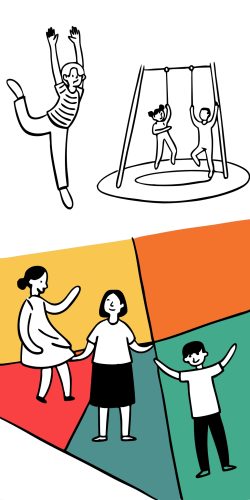
The foundation of individual identity begins with awareness of one’s physical self.
Research indicates that engaging children in activities that involve body awareness, like dance, sports, or yoga, can strengthen the connection between multisensory signals and bodily self-consciousness, promoting a healthy sense of self (Cowie, McKenna, Bremner, & Aspell, 2018).
For children aged 7 and up, developing bodily self-consciousness goes beyond simple awareness of physical sensations—it involves understanding how their bodies move through space, recognizing physical and emotional connections, and developing a cohesive sense of physical identity.
This bodily awareness serves as the foundation for higher-level consciousness and helps children distinguish their individual experience from collective influences.
Purpose: To promote body awareness, balance, and mindfulness through structured poses and breathing, helping children develop a conscious connection between physical sensations and mental states.
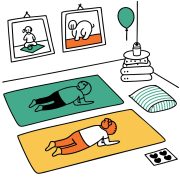
Set up an engaging introduction to yoga:
Teach basic positions with attention to sensation:
Develop flowing practices that maintain interest:
Guide reflection on internal experiences:
Create ongoing engagement with yoga:
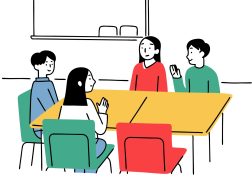
Purpose: To develop body awareness, creative expression, coordination, and emotional connection through movement, helping children experience the relationship between internal states and physical expression.
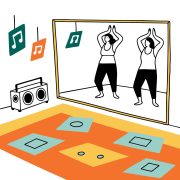
Set up inviting movement opportunities:
Guide exploration of basic movement components:
Encourage authentic movement exploration:
Develop understanding of movement as self-expression:
Create sustainable dance practice:

Purpose: To develop proprioception, coordination, spatial awareness, and sensory integration through structured physical challenges that require conscious body navigation and problem-solving.
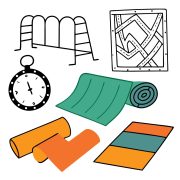
Create engaging physical challenges:
Guide mindful movement through obstacles:
Develop increasing body competence and awareness:
Guide reflection on body awareness:
Build ongoing body awareness development:

Purpose: To develop present-moment awareness of walking movements, sensations, and the body’s interaction with the environment, building a foundation for everyday mindful embodiment.
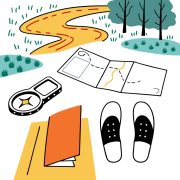
Set a foundation for aware walking:
Guide attention to walking sensations:
Extend awareness to surroundings:
Develop diverse practice formats:
Transfer practice to everyday movement:

Purpose: To develop visual and creative expression of bodily awareness, helping children externalize and process their understanding of physical sensations, emotions, and internal experiences.

Set up a meaningful creative experience:
Establish the basic representation:
Add layers of emotional experience:
Add meaning and interpretation:
Process the completed representation:

These bodily self-consciousness activities help children develop:

Remember that developing bodily self-consciousness is an ongoing process. Regular, engaging experiences that connect children with their physical selves build the foundation for a strong sense of individual identity.
The goal is to help your child develop an embodied sense of self that allows them to recognize their unique physical experience rather than being disconnected from their authentic bodily awareness.
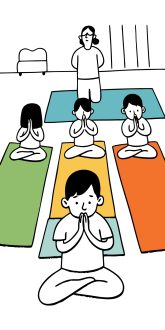
Building bodily self-consciousness helps children develop a more individualized perspective as they learn to trust their own physical experiences and sensations rather than simply adopting collective patterns of movement, sensation, or physical expression.

Remember, at QMAK, we don’t just teach; we empower. We don’t just inform; we inspire. We don’t just question; we act. Become a Gold Member, and let’s unlock your child’s full potential, one question at a time.